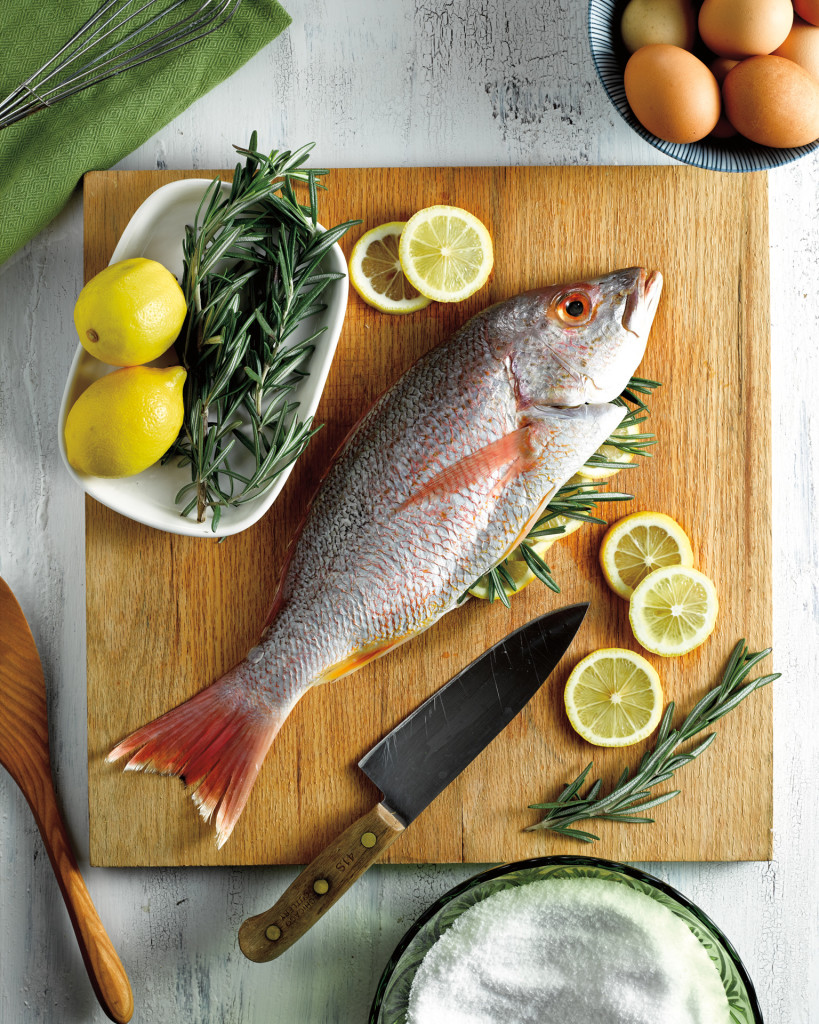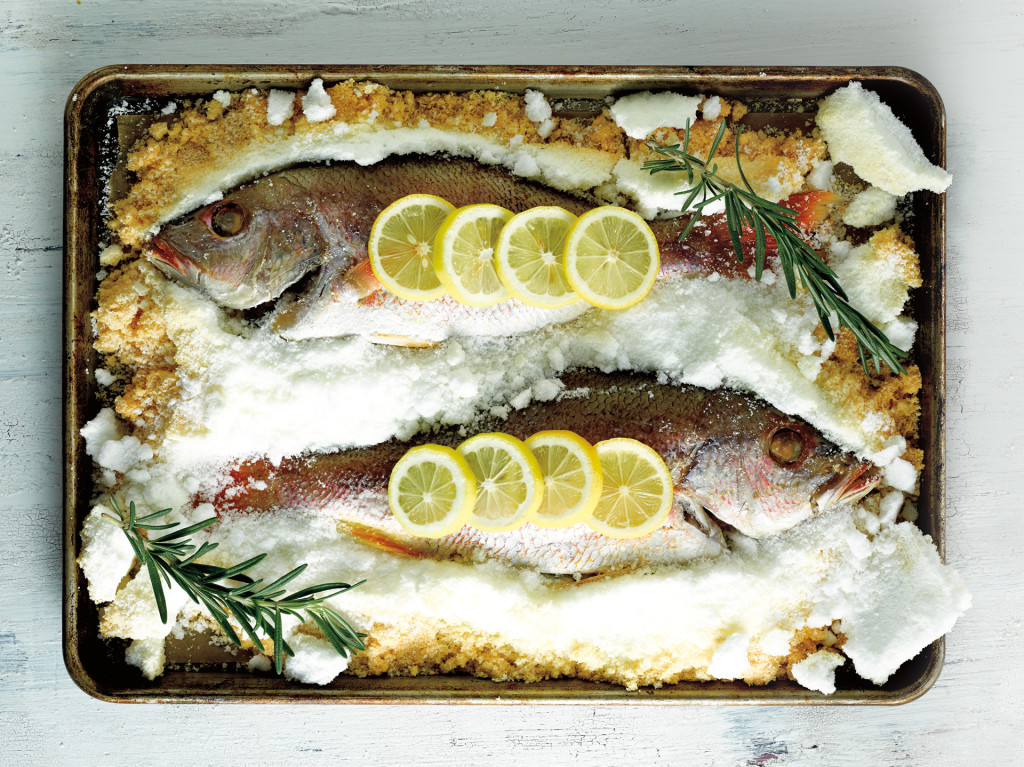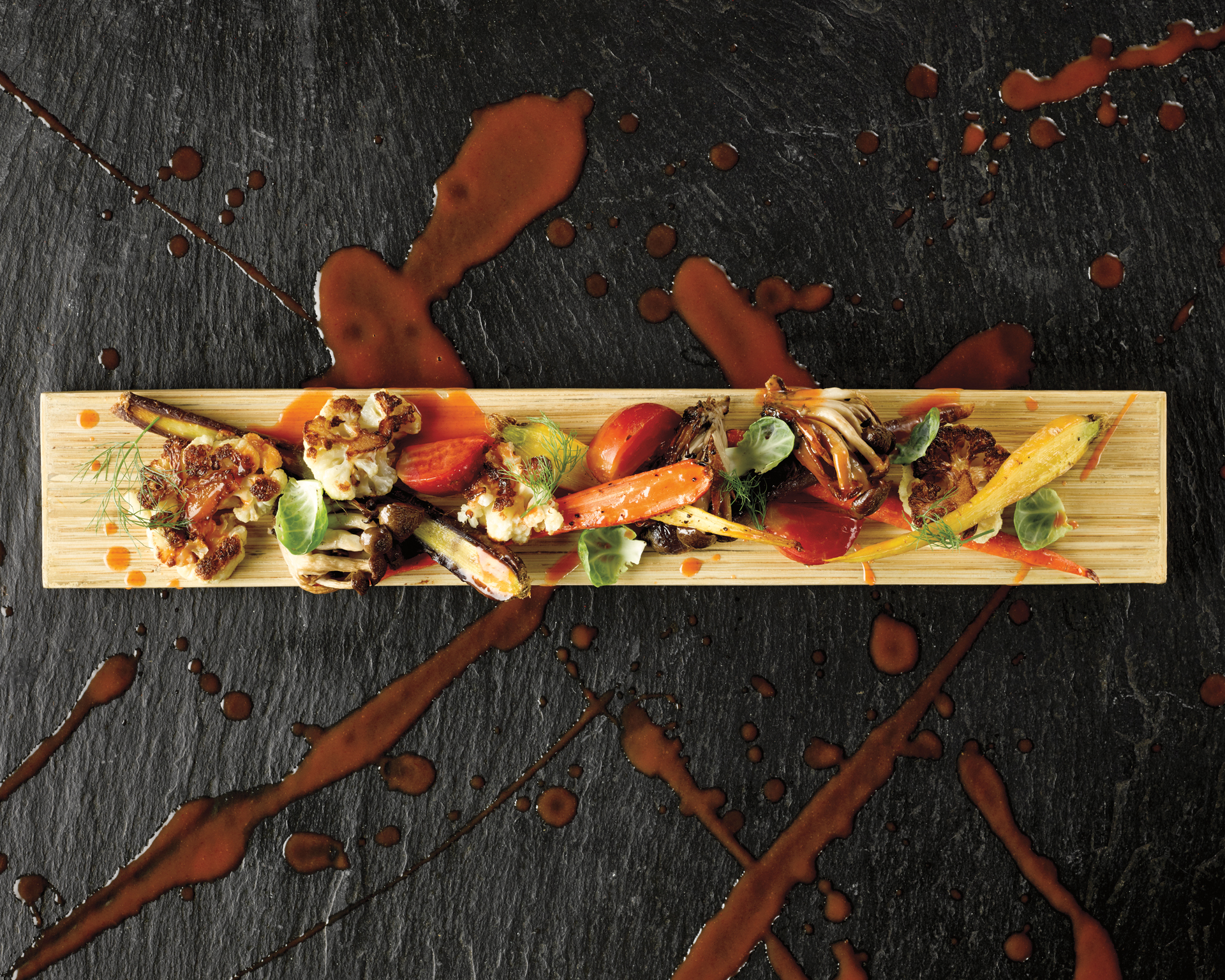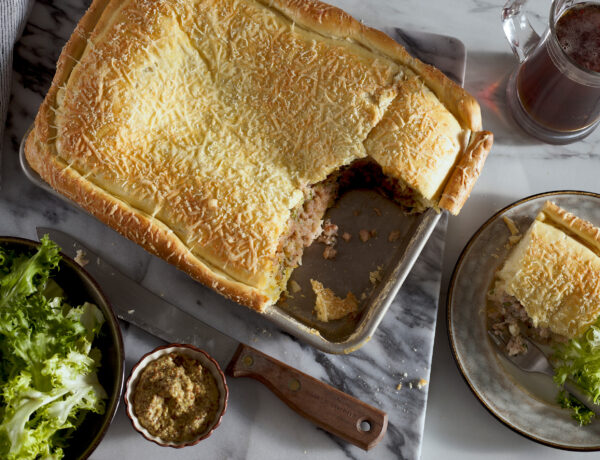An ancient dish that is easy to prepare and will wow even the most cynical of your foodie friends.
When I am cooking there are two things that I always try to accomplish in addition to making something that tastes amazing: simple preparation (I’m a busy guy after all) and a great presentation (because I’m a food photographer, duh). Both of these characteristics are married together in one beautiful dish that is sure to impress your guests: Salt Crusted Fish.

At one time, salt was so valuable it was used as currency. Although it is disputed, some scholars say that the word salary comes from the fact that Roman soldiers were sometimes paid in salt. This could be why some trace the origins of salt baked fish as far back as the Phoenician Empire which was built on the salt trade – which could be true because only those with an abundance of salt could have afforded to cook this way. Luckily for us, salt is cheap and abundant, which is good because you need about three pounds of it for this recipe.
Whatever the origins though, this is clearly a time-tested recipe that in my experience has given me incredible results every time. The hardest thing about cooking moist and flavorful fish is keeping it from drying out. The salt-mixture that you press over the entire surface of the fish hardens into a kiln-like casing in the oven which locks moisture in. This trapped moisture gently steams the fish to perfect done ness. Start with a whole fish making sure not to remove the scales or the skin. This method works with virtually any kind of fish (trout is another favorite in addition to the snapper I use in this recipe). I find that a fish with scales is more moist than a scaled fish, but it can be a little harder to clean once it is cooked, so you can have your fish monger remove the scales if you want. Then, all you have to do is pack the body cavity with citrus and aromatics and you’re ready to add the salt casing, no additional seasoning required. Experiment with different citrus and herbs for variations.
…you may ask, doesn’t three pounds of salt make for an incredibly salty dish? Surprisingly the answer is no.
Why do you have to use kosher salt? Why not just use table salt? Kosher salt and table salt are essentially exactly the same scientifically speaking (although most table salt has anti-clumping additives). However, kosher salt has a larger flakier texture than regular old table salt, and is essential in this recipe. The larger texture will give your salt mixture a consistency more like dry snow which will pack evenly and firmly over your fish. Table salt is too fine and you’ll have a lot of trouble making that firm, snow-like mixture. Additionally, fine-grained table salt is much harder to keep from getting into your fish when you are removing the crust, which can lead to over seasoning.

But wait, you may ask, doesn’t three pounds of salt make for an incredibly salty dish? Surprisingly the answer is no. Once you carefully crack open the salt casing and remove the skin and bones, you are left with a perfectly seasoned and wonderfully moist and flaky fish – just make sure to get rid of all of the excess salt before removing the skin and bones. I use a soft, food grade brush to clean off any of the salt that doesn’t pull away when I remove the crust.
Toss a few extra slices of citrus and some herbs onto your deliciously moist fish and bring it straight to the table, no additional presentation required. If you’re not comfortable removing the skin and bones with an audience however, you can also do those tasks in the kitchen and plate the cleaned filets on a clean serving tray, perhaps with a nice green salad.
[amd-zlrecipe-recipe:3]





2 Comments
Salt Block Cooking | The Insatiable Lens
March 4, 2016 at 2:26 pm[…] Remember how I was talking about ancient cooking techniques with the Salt Crusted Fish? […]
Salt Block Cooking – The Insatiable Lens
March 14, 2020 at 1:30 pm[…] Remember how I was talking about ancient cooking techniques with the Salt Crusted Fish? […]